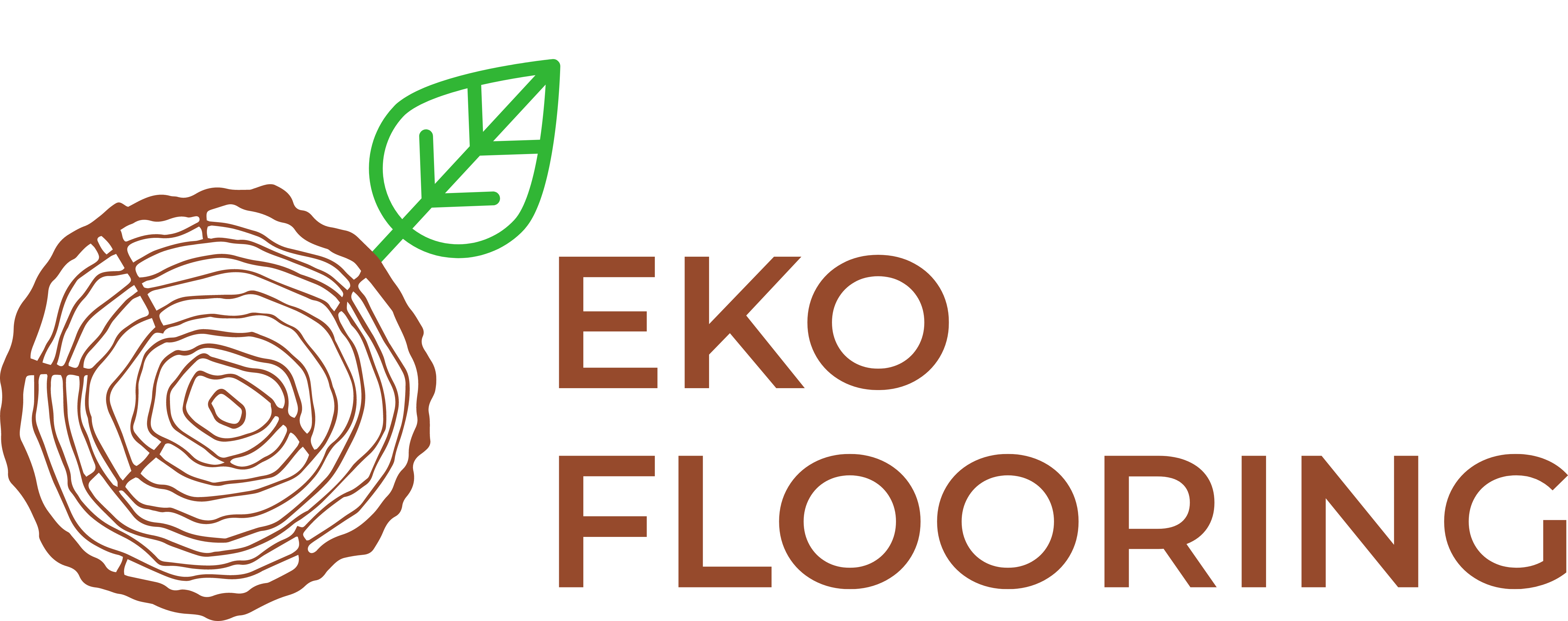Call or Text (818) 917-7736
Hardwood Flooring
Hardwood flooring is a durable, natural surface made from solid or engineered wood. It’s known for its long lifespan, easy maintenance, and ability to be refinished when worn. Available in a range of species, finishes, and plank widths, hardwood suits both traditional and modern interiors. It resists daily wear better than many other materials and offers a clean, timeless look that adds value to homes and commercial spaces alike. Whether installed as glue-down, floating, or nail-down, hardwood remains one of the most practical and widely used flooring options.
At EKO FLOORING, we deliver quality hardwood flooring backed by decades of expertise and a commitment to exceptional craftsmanship. As your local hardwood flooring showroom and contractor, our goal is to provide clear, transparent service and lasting value for every project.

Have questions or need more information?
Call us at (818) 917-7736
Showroom Hours:
Monday – Friday: 11 AM to 4 PM
Saturday: 10 AM to 3 PM


